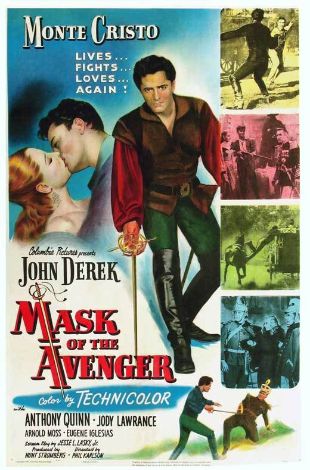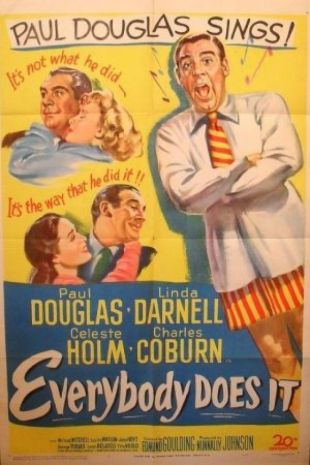One of the most influential -- though least well known -- of European émigré composers to Hollywood, Mario Castelnuovo-Tedesco spent all of the 1940s and a significant chunk of the 1950s scoring feature films; he also became one of the most respected music teachers in Los Angeles, and could count among his students such future luminaries of the soundstage and the concert hall as Jerry Goldsmith and Andre Previn. Born and educated in Florence, Italy, Castelnuovo-Tedesco majored in piano and composition at the Florence Conservatory. With some help from figures such as pianist/conductor Alfredo Cassella, he established himself as a successful composer and pianist in Italy during the 1920s. As an Italian Jew, however, Castelnuovo-Tedesco lived in an uneasy state of caution during the early years of the Mussolini regime, and ultimately found it necessary to leave his native country as Italian fascism linked up ever more closely with German Nazism. In 1939, he left Europe and moved to California and, like many other expatriate European composers, gravitated to the film industry. Castelnuovo-Tedesco's initial work in movies came through the music department at MGM, where he made uncredited contributions to the scores of such pictures as Dr. Jekyll and Mr. Hyde (1941), Journey for Margaret (1942), Reunion in France (1942), and Lassie Come Home (1943), as well as Douglas Sirk's Hitler's Madman (1943) (which was made at PRC but released through MGM). In 1943, he jumped to the music department at Columbia Pictures, where he got his first onscreen credit (as Mario C. Tedesco) for his dark, moody score for Lew Landers' Return of the Vampire (1943). He stayed with Columbia for the next decade and beyond, with occasional breaks taken on independent productions such as And Then There Were None (1945), MGM's Son of Lassie (1945), and Paramount's Courage of Lassie (1946). Castelnuovo-Tedesco was known for his ability to compose quickly, and his style -- modernist but not atonal -- lent itself to thrillers, adventure films, horror pictures, and science fiction, although he also provided the music for his share of relatively lighthearted subjects, such as Nine Girls (1944), with some success. Many of his contributions from the late '40s onward at Columbia took the form of "stock music" from the studio's library, composed by him on other occasions and "tracked" in as needed by the particular music director, editor, or director. As a result of this extensive re-use of his work, as well as his prolifacy as a composer, Castelnuovo-Tedesco's music ended up associated with more than 130 movies in a Hollywood career of just over 15 years, an extraordinary number for the postwar film world. Moreover, his music was heard in every kind of film on the Columbia roster, including high-profile releases like the Technicolor musical-fantasy Down to Earth (1947), programmers like the Whistler, Crime Doctor, and Boston Blackie B-picture series, B-Westerns like The Guns of Fort Petticoat (1957), war movies such as Hellcats of the Navy (1957), and such oft-broadcast horror and science fiction releases as Creature With the Atom Brain (1955), Earth Vs. the Flying Saucers (1956), Zombies of Mora Tau (1957), The Giant Claw (1957), and 20 Million Miles to Earth (1957), all of the latter as stock music. From 1946 onward, Castelnuovo-Tedesco was also on the faculty of the Los Angeles Conservatory of Music, a position through which he became one of the most respected and beloved music teachers on the West Coast.
Mario Castelnuovo-Tedesco
Share on


